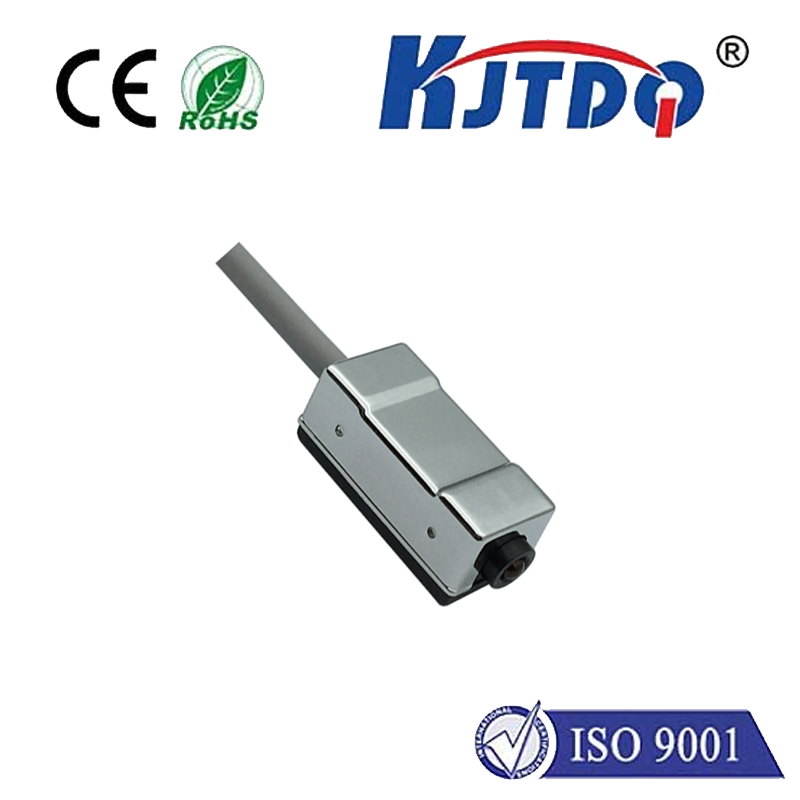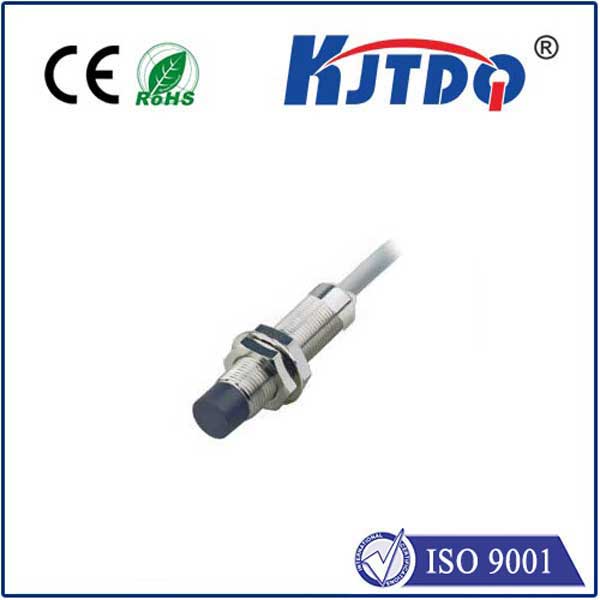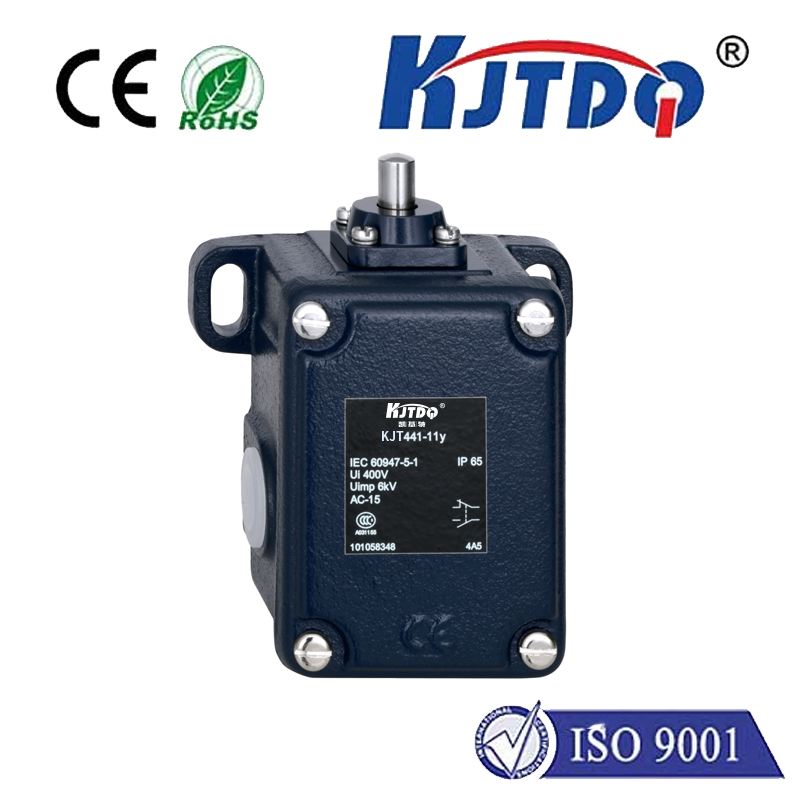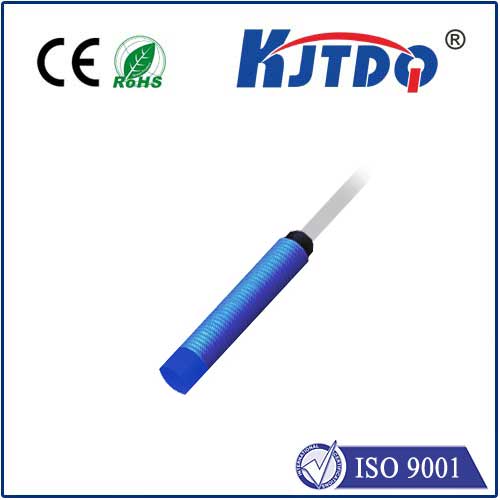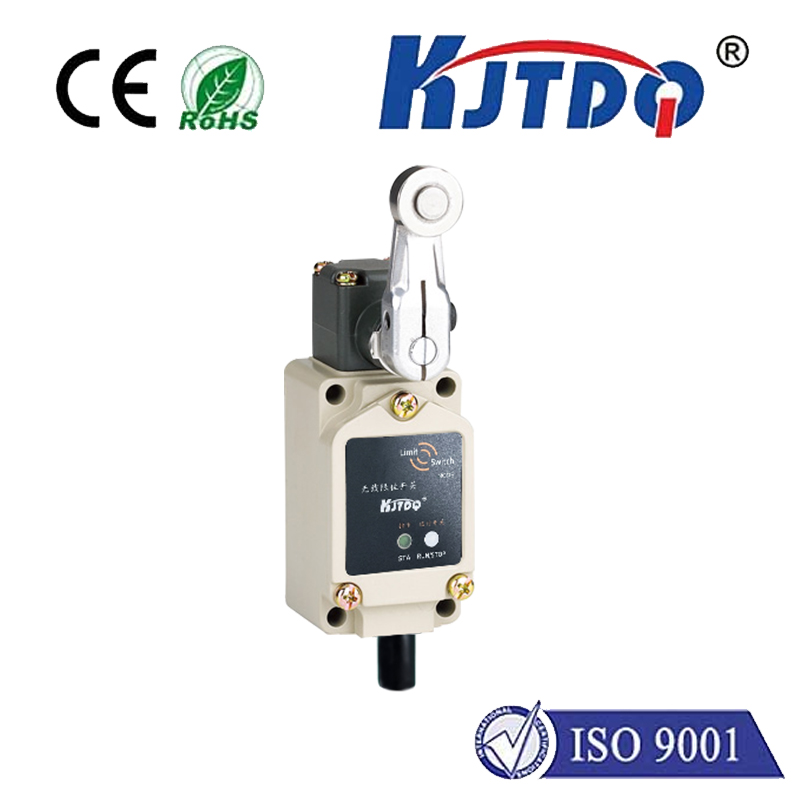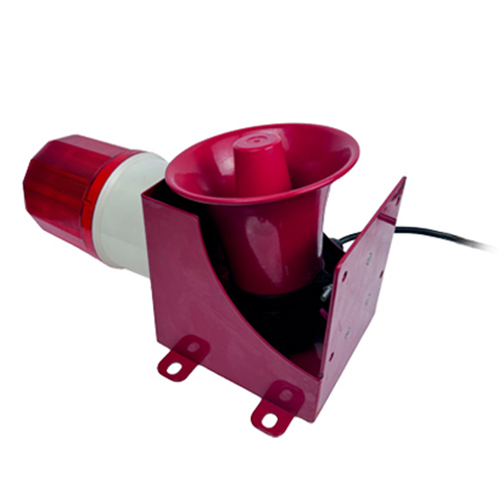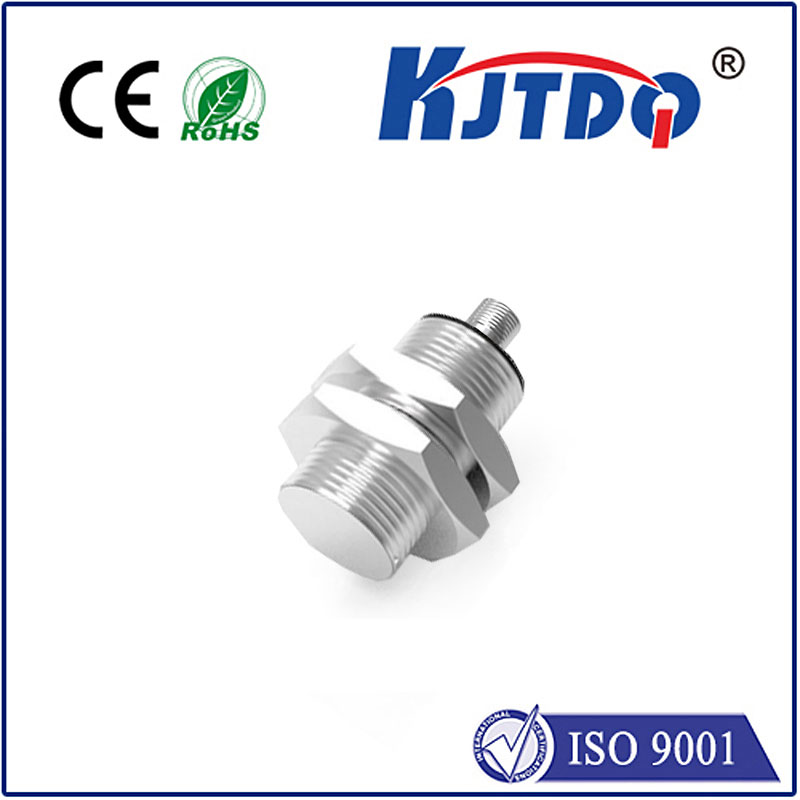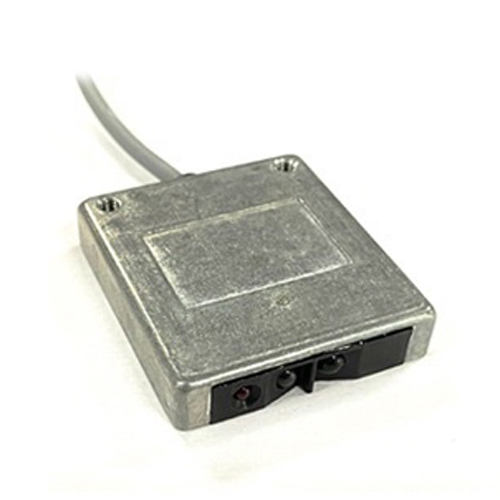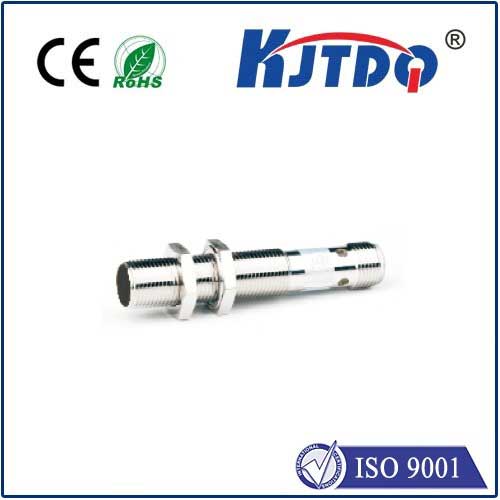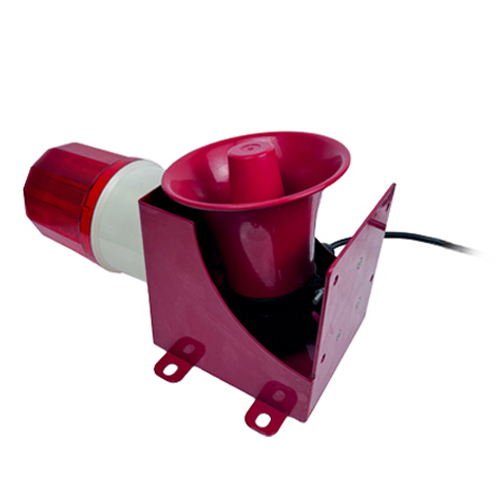temperature gauge
- time:2025-08-19 13:11:10
- Нажмите:0
Temperature Gauge: Your Engine’s Silent Guardian Against Overheating Disaster
That small dial or digital readout nestled within your instrument cluster might seem unassuming, but underestimate it at your peril. Your vehicle’s engine temperature gauge is far more than just a decoration; it’s the frontline defense in a critical battle against one of the most common and potentially catastrophic automotive failures: overheating. Understanding its role, reading its signals accurately, and knowing how to respond are fundamental skills for every driver committed to vehicle longevity and safety.
Decoding the Dial: What a Temperature Gauge Actually Measures
While often colloquially called the “water temperature gauge,” its purpose is more precise. It monitors the temperature of the engine’s coolant, a vital fluid circulating through passages in the engine block and cylinder head. This coolant absorbs the immense heat generated by combustion and friction within the engine. The gauge itself typically relies on a temperature sensor (often called a coolant temperature sensor or CTS) strategically located within the engine’s cooling system, usually near the thermostat housing or cylinder head. This sensor sends electrical signals to the gauge in the dashboard, translating the coolant’s heat into a readable value – often C (Cold), H (Hot), moving between them, or showing specific temperature degrees.
Why Vigilance Matters: The High Cost of Overheating

Ignoring a rising needle on your temperature gauge isn’t just about pulling over; it’s about preventing thousands of dollars in damage. An engine operates within a very specific temperature range for peak efficiency and minimal wear. When it exceeds this range:
- Metal Warping: Extreme heat causes engine components like cylinder heads and blocks, made from different metals with varying expansion rates, to warp. This can lead to catastrophic failure like a blown head gasket, allowing coolant and oil to mix and compression to be lost.
- Seal and Gasket Failure: Rubber hoses, plastic components, and vital gaskets (like the head gasket) deteriorate rapidly under excessive heat, leading to leaks and pressure loss.
- Oil Breakdown: Engine oil loses its lubricating properties at high temperatures, increasing friction and accelerating wear on bearings, pistons, and cylinder walls. This can lead to seized engines.
- Piston Damage: Pistons can expand excessively within their cylinders, scoring the cylinder walls or even welding themselves in place (piston seizure).
Common Culprits Behind the Rising Needle
Several issues can cause your temperature gauge to climb into the danger zone:
- Low Coolant Level: The most common cause. Leaks (radiator, hoses, water pump, heater core, head gasket) or evaporation over time reduce the system’s ability to absorb and transfer heat. Regularly checking your coolant level in the overflow reservoir (when the engine is cool!) is essential.
- Faulty Thermostat: This valve regulates coolant flow based on temperature. If it sticks closed, coolant cannot circulate to the radiator for cooling. If it sticks open, the engine takes too long to reach optimal operating temperature, but won’t typically cause overheating itself. A stuck-closed thermostat is a major overheating trigger.
- Cooling Fan Failure: Electric fans pull air through the radiator when the car is stationary or moving slowly. Malfunctions in the fan motor, relay, temperature switch, or wiring prevent this vital airflow. Listen for the fan kicking in after the engine warms up with the car stationary.
- Water Pump Problems: The water pump is the heart of the cooling system, circulating coolant. A failing impeller (worn blades), leaking shaft seal, or bearing failure can drastically reduce flow. A whining noise or coolant leak near the pump often precedes failure.
- Clogged Radiator: External blockages (dirt, bugs, debris) impede airflow. Internal blockages (rust, sediment, deteriorated coolant) hinder coolant flow and heat transfer. Flushing the system as recommended helps prevent this.
- Failed Radiator Cap: This crucial component maintains system pressure. A higher pressure raises the boiling point of the coolant. A cap that doesn’t hold pressure allows coolant to boil at a lower temperature, potentially leading to overheating and coolant loss. A simple, inexpensive cap replacement can solve surprising issues.
- Coolant Temperature Sensor Issues: While sometimes causing gauge inaccuracies (reading too high or too low, or not moving at all), a failing sensor itself usually doesn’t cause overheating, but it prevents you from knowing it’s happening.
- Severe Operating Conditions: Extremely hot weather, heavy loads (towing), prolonged idling in traffic, or hard driving in mountainous terrain can push the cooling system to its limits, especially if it’s already compromised.
Beyond the Needle: Digital Gauges and Warning Lights
Modern vehicles often feature digital temperature displays or simplified warning lights:
- Digital Displays: Offer a numerical reading, potentially providing more precise information about the exact temperature.
- Warning Lights (Red Temperature Symbol): Illuminate brightly when the coolant temperature exceeds a critical threshold. Consider this light an immediate emergency requiring you to stop the vehicle safely as soon as possible. Never ignore this light. Some vehicles also have a blue “cold” light that extinguishes once the engine reaches operating temperature.
Essential Vigilance: Reading and Responding to the Gauge
- Know Normal: Observe where the needle or digital reading typically settles once the engine is fully warmed up during normal driving. This is its “happy place.”
- Start-Up: Expect the gauge to read low or cold initially. It should gradually rise to the normal operating range as the engine warms.
- The Creep: If you notice the gauge rising above its normal position, especially while driving at speed or climbing a hill, it’s a significant warning sign.
- Sudden Spike: A rapid jump to the hot zone is a critical emergency. Pull over safely immediately.
- If Overheating Occurs:
- DO NOT immediately shut off the engine if it’s severely overheated and running roughly. This can cause heat soak and potential seizure.
- Pull over to a safe location as soon as possible.
- Turn off the air conditioning and turn the heater to maximum heat and fan speed high. This helps dissipate engine heat.
- If steam is coming from under the hood, do not open it immediately. Wait for it to subside to avoid scalding. Then open cautiously.
- NEVER open a hot radiator cap. Wait until the engine has cooled significantly (30+ minutes) before even attempting to check coolant level. Opening it while hot releases scalding steam and pressurized coolant.
- Once cooled, check the coolant level in the overflow reservoir ONLY (if equipped and labeled). If low, you can carefully add coolant/distilled water (50⁄50 mix usually) to the reservoir, not directly into the radiator unless you know the system is depressurized and cool.
- If coolant loss is drastic or the overheating recurs quickly after restarting (if possible), call for professional assistance (towing). Driving an overheating engine risks catastrophic damage.
Your car’s temperature gauge is its primary voice warning of impending thermal crisis. Treat it with respect, understand its language

